Why Wisconsin remains a presidential swing state in 2024
For nearly two decades, Wisconsin voters have cast ballots for Democratic and Republican candidates in federal and state offices, confirming its reputation as a preeminent "purple" state in elections.
By Steven Potter | Here & Now
August 16, 2024
Wisconsin’s place in national politics is described as a battleground, a tipping point, a swing state. But how did Wisconsin get to be so key nationally?
The recent history of Wisconsin’s politics illustrates how the state got to this point and what kind of attention voters can expect as the November 2024 election approaches.
“And I promise we will make Wisconsin great again,” said former President Donald Trump on July 16 at the Republican National Convention in Milwaukee.
“The path to the White House goes through Wisconsin,” said Vice President Kamala Harris on July 23 at a campaign rally in West Allis.
No one can deny Wisconsin’s significance when it comes to national politics – and specifically in the 2024 race for president.
“Wisconsin is incredibly important, as it has been for the last few election cycles. It is a swing state in the sense that it could go either Republican or it could go Democrat. And our electorate is about evenly divided,” said Jonathan Kasparek is a professor of history at UW-Milwaukee’s Waukesha campus, where he’s been a political expert for 20 years.
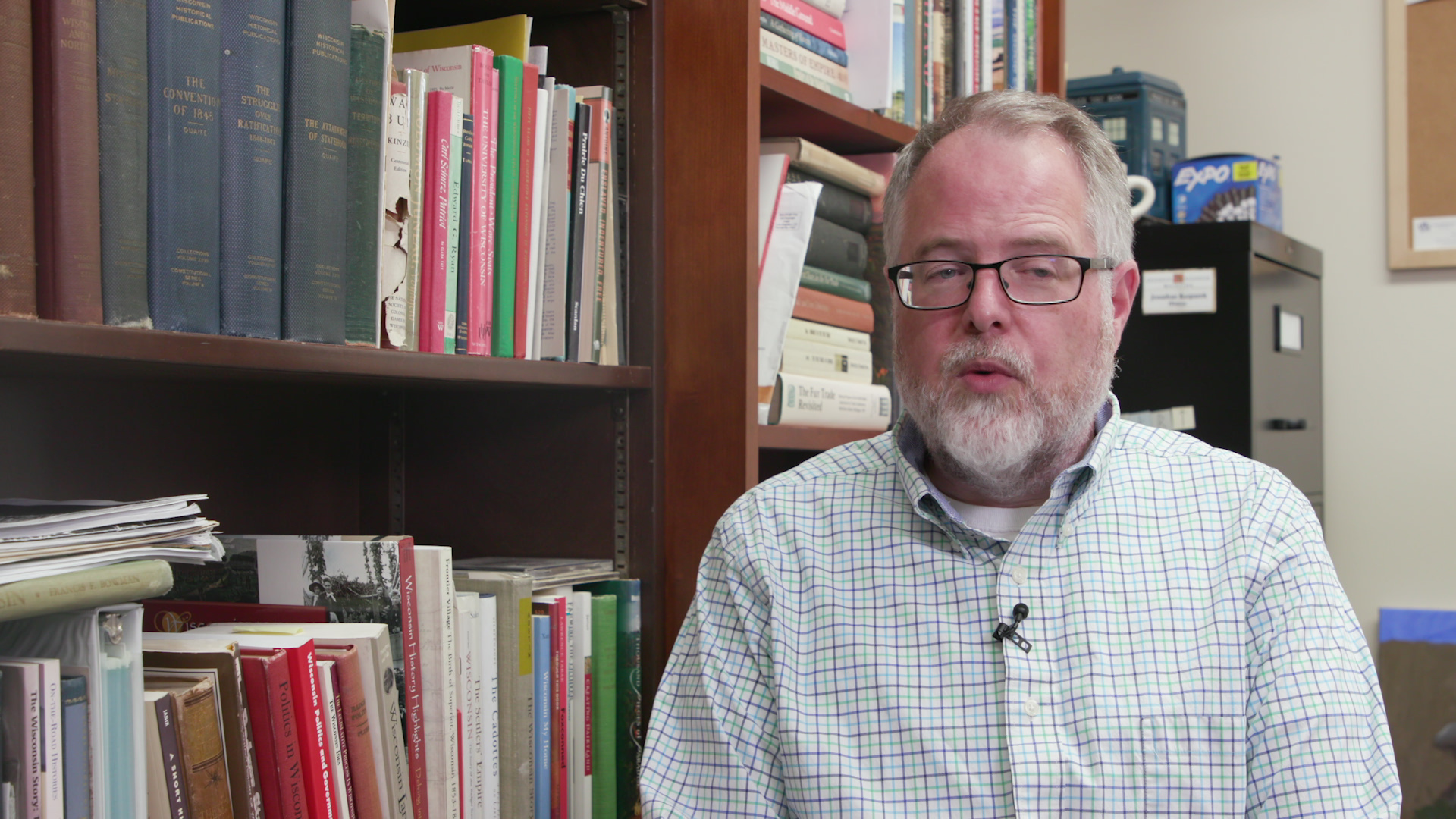
Jonathan Kasparek, a social sciences professor at UW-Milwaukee at Waukesha, discusses Wisconsin’s significance on the 2024 presidential race. “Wisconsin is incredibly important, as it has been for the last few election cycles. It is a swing state in the sense that it could go either Republican or it could go Democrat. And our electorate is about evenly divided,” Kasparek said. (Credit: PBS Wisconsin)
He said one thing keeping Wisconsin in the national political spotlight is that it’s a microcosm and mirror of American voting trends.
“And like the national picture, Wisconsin is pretty evenly divided,” Kasparek said. “A lot of the rural areas are red. So if you look at a map broken down by counties, there’s a lot of red, but not a lot of voters, whereas where there’s a little bit of blue and a lot of voters, so it sort of equals out.”
But this evenly-matched electorate of Democrats and Republicans also means that Wisconsin has bounced back-and-forth between the two parties in statewide races over the years.
In 2008, Wisconsin voted for Democratic candidate Barack Obama as president.
But then in 2010, the state elected Republican Scott Walker as governor and Republican Ron Johnson as U.S. senator.
In 2012, Wisconsin went for Obama again while also electing Democratic Tammy Baldwin as U.S. senator.
In 2014, Walker won again as governor.
Then in 2016, Wisconsin chose Republican Donald Trump as president, only to turn around and elect Democratic Tony Evers as governor and Baldwin to the senate again in 2018.
And in 2020, Wisconsin helped Democrat Joe Biden win the White House.
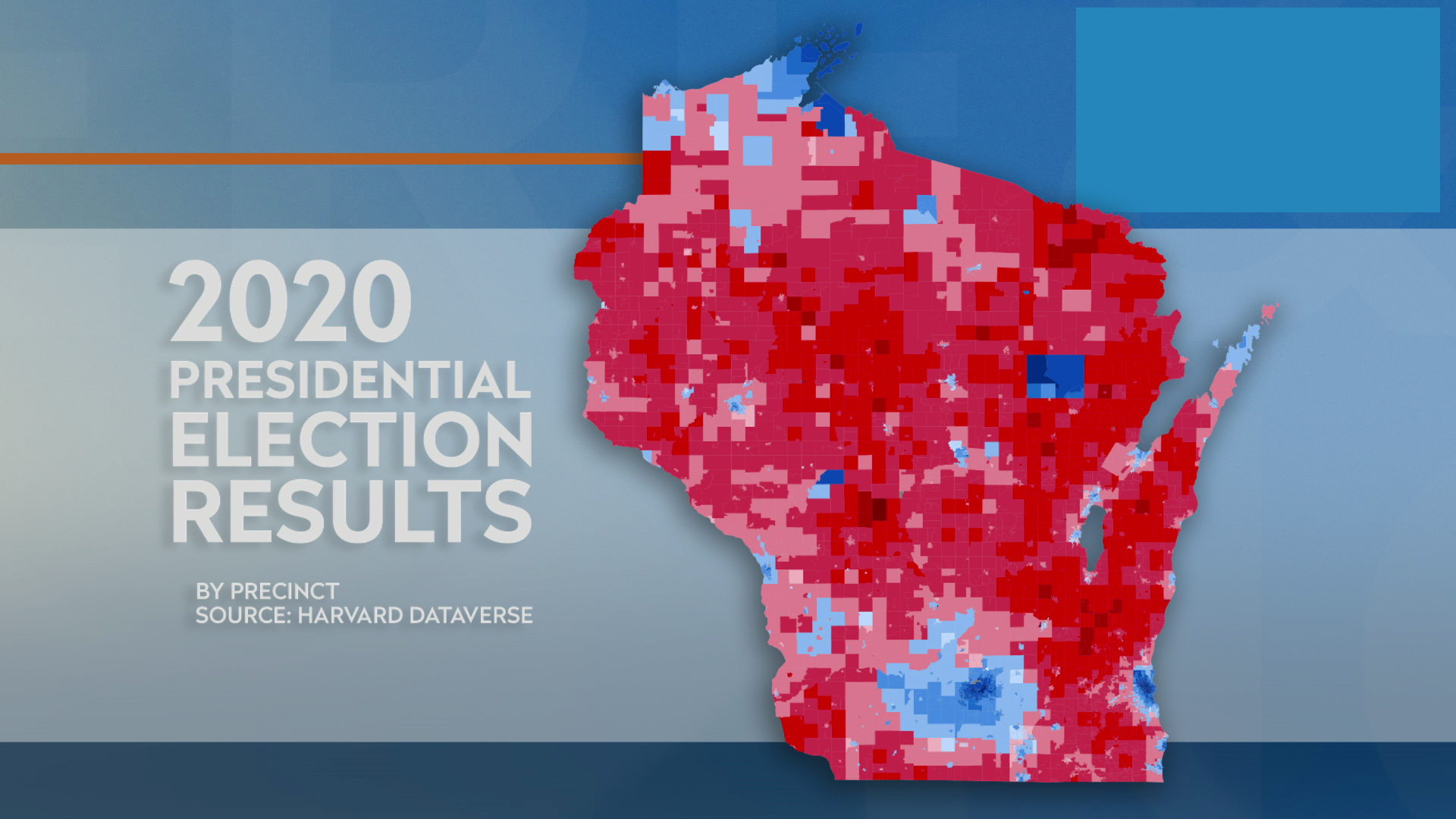
A map shows the percentage of Democrat and Republican votes by precinct in the 2020 presidential election across Wisconsin. (Source: Harvard Database)
But then in 2022, the state split the ticket, electing both Democratic Gov. Tony Evers and Republican U.S. Sen. Ron Johnson again in the same statewide election.
All of this has led Wisconsin to be known as not only unpredictable, but also very, very purple.
“It is confusing. We have the oddest pair of senators, I think, in the country,” said Kasparek. “Our behavior is absolutely baffling to national pundits – they’re never quite sure what to make of us because of things like electing Tammy Baldwin and Ron Johnson.”
Kasparek said this back-and-forth means that voters in the state prioritize issues more than political parties.
“Wisconsin voters: It’s often very basic bread and butter issues. And, they are concerned about the economy. They are concerned about education. They are concerned about health care. So there are things that I don’t think either party really has a lock on,” he said.
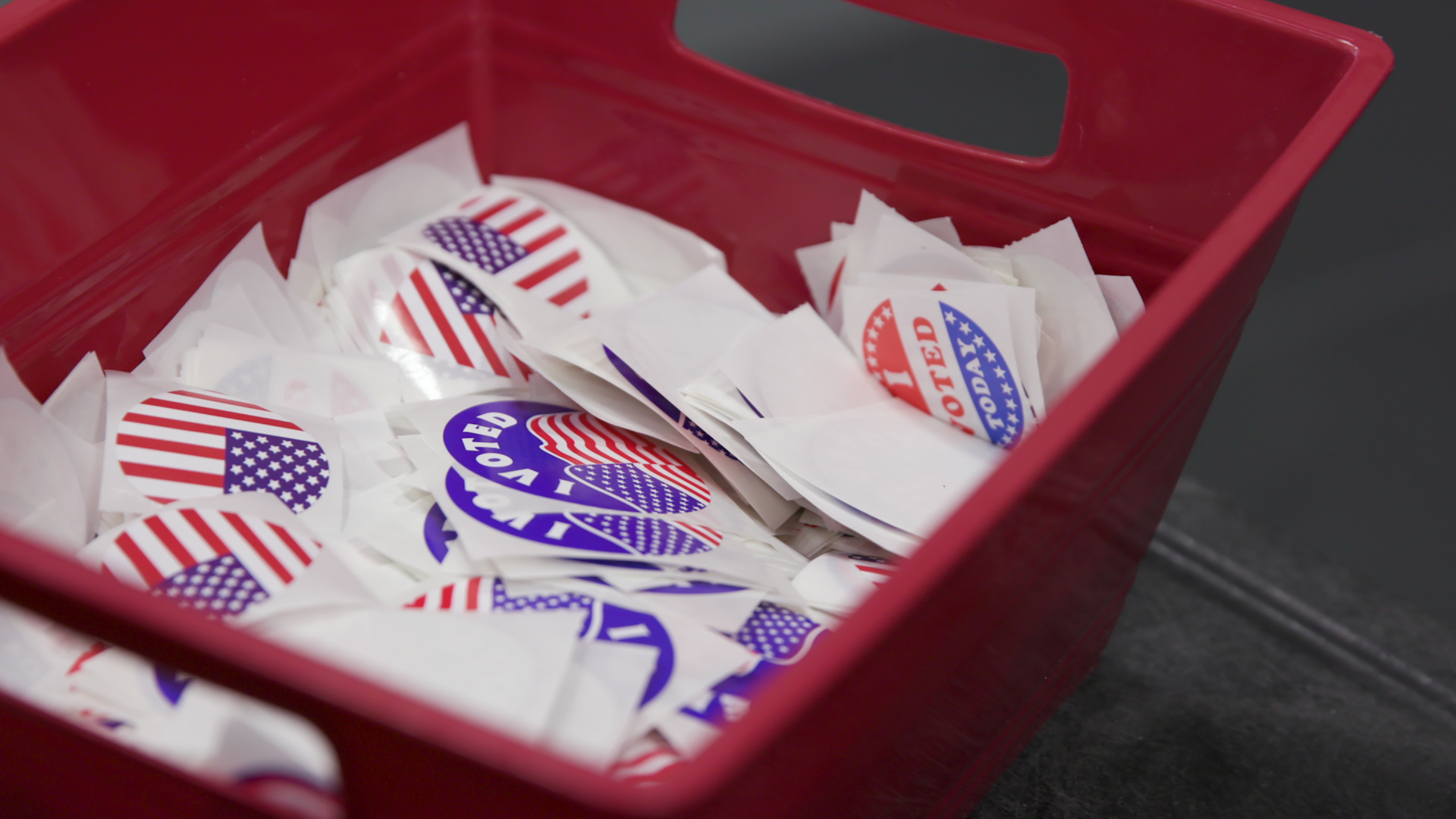
Small stickers of the U.S. flag and others with the words ‘I Voted’ stickers sit in a bucket at a polling place in Fort Atkinson on April 2, 2024. (Credit: PBS Wisconsin)
Ultimately, that means it’s up to the campaigns to prove their candidates are worth a trip to the polls on Election Day.
“That’s really the strategy: ‘We have to turn out more of our voters than they do of theirs,'” Kasparek said. “I think it’s going to continue to be close.”
“It really is going to, I think, continue to come down to attractive candidates who can generate a lot of enthusiasm and really get voters excited to vote,” he added.
“I think we’re going to see an awful lot of Kamala Harris and Donald Trump over the next few weeks,” said Kasparek. “They’re going to be here a lot.”
 Passport
Passport




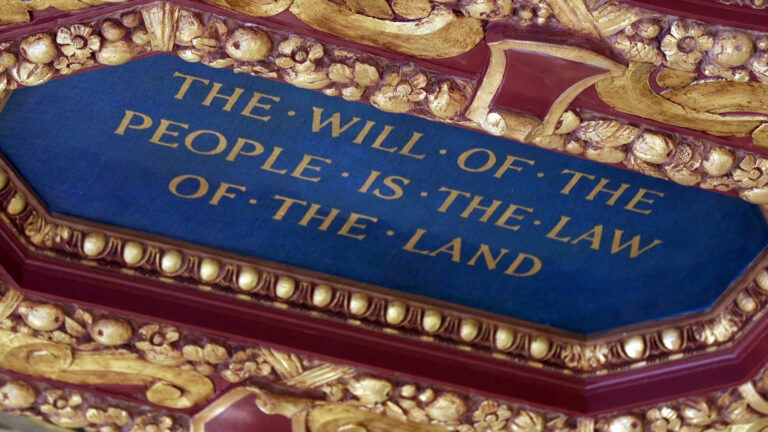
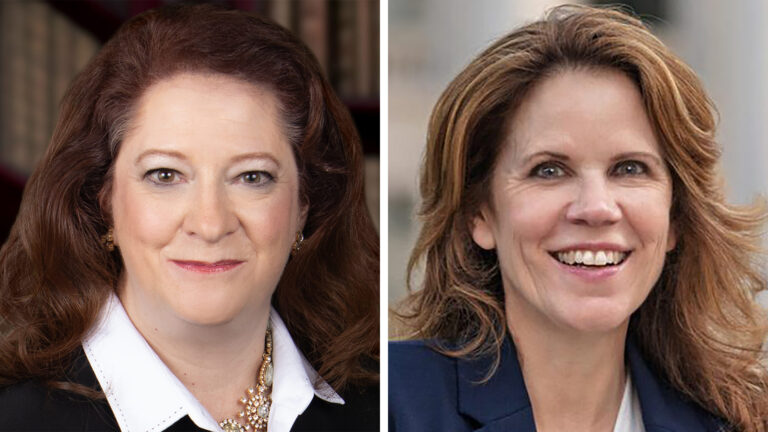
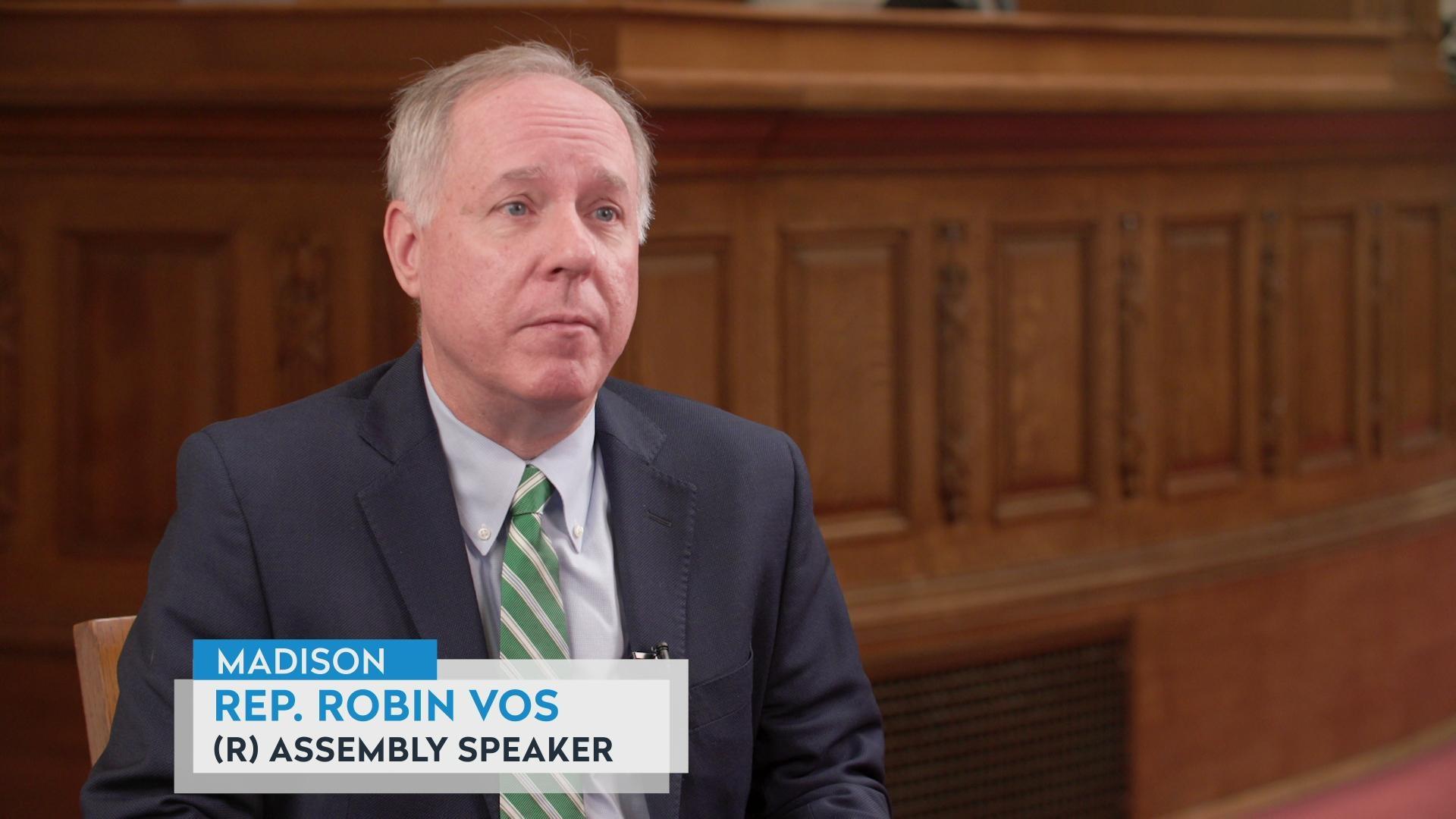
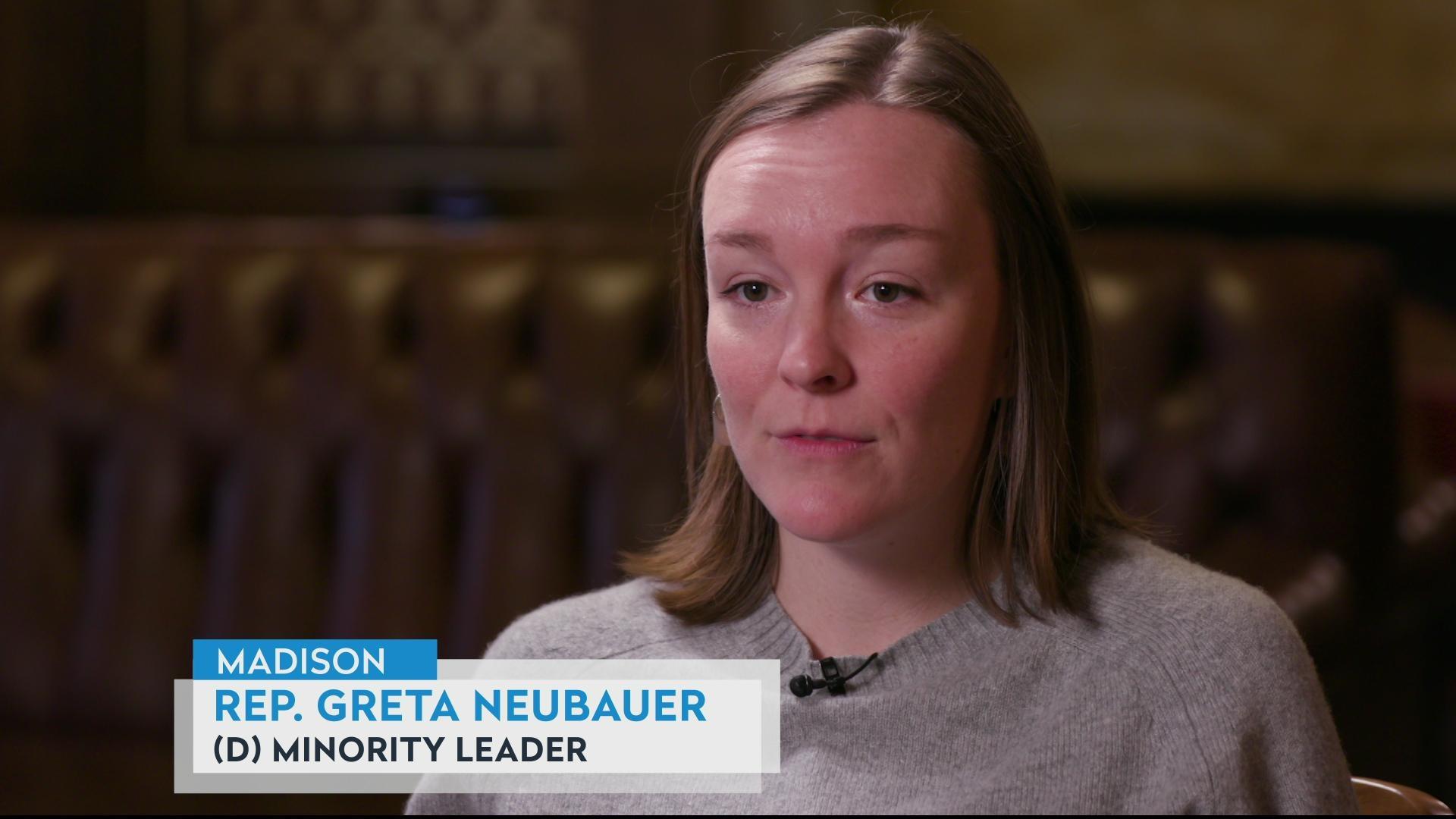
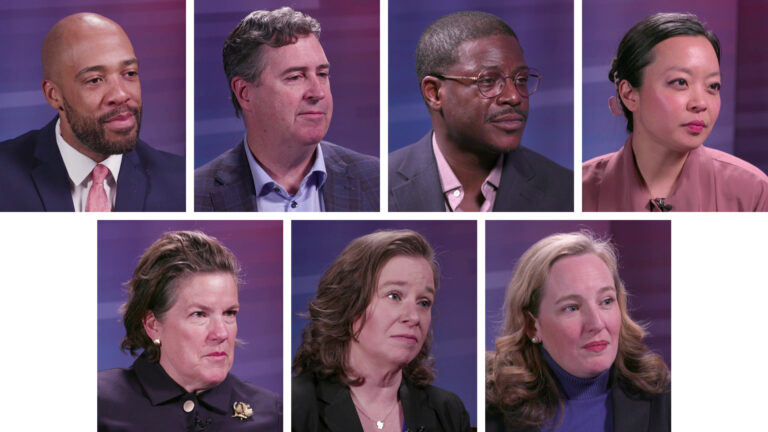
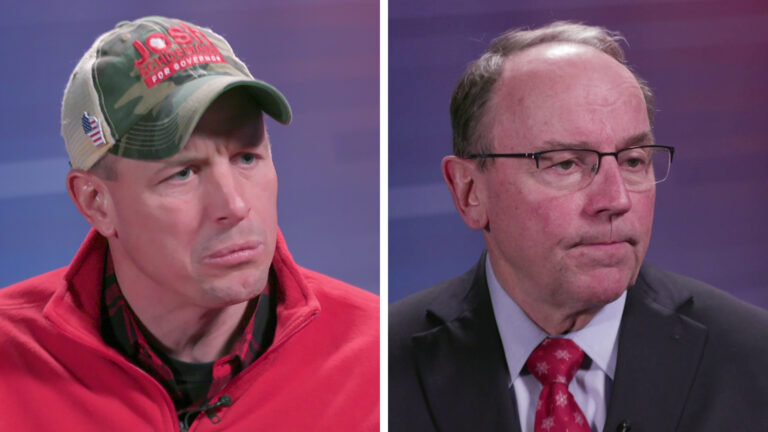

Follow Us